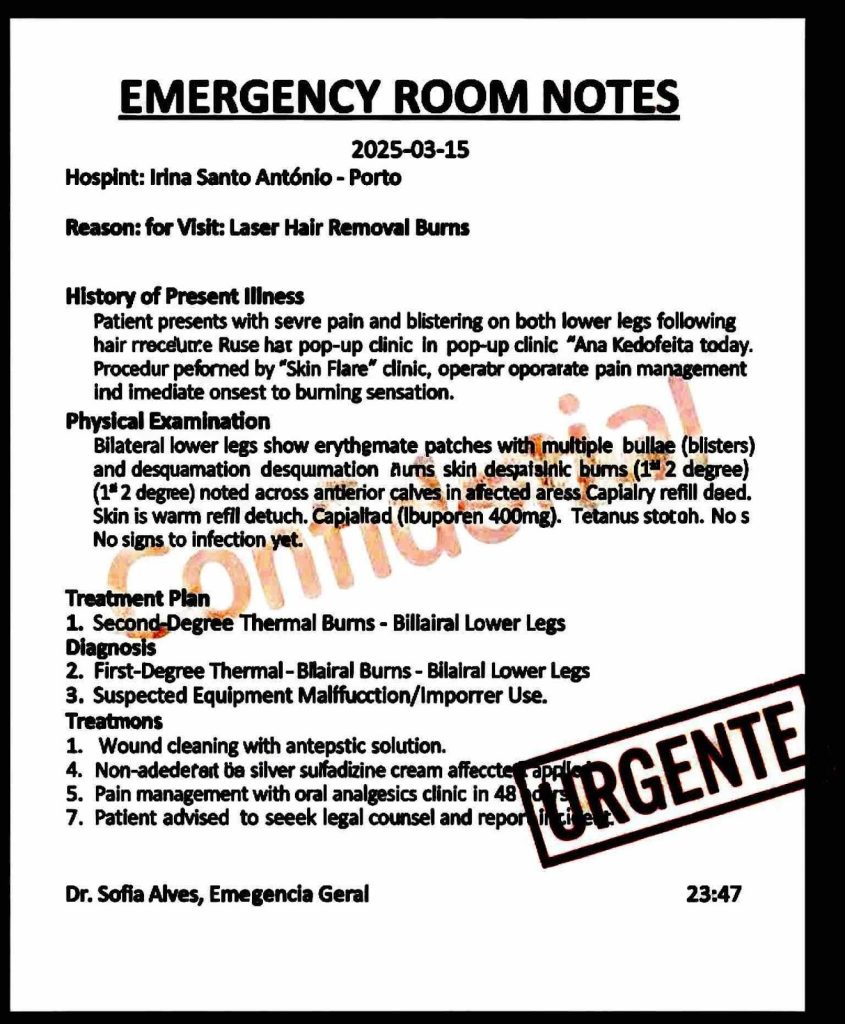Can I Use Short-Term Disability For Maternity Leave?

You want to spend as much time as possible bonding with your newborn child, but replacing the earnings lost while out of work on maternity leave seems like an insurmountable obstacle. The federal government reports that only 27% of workers had paid family leave through an employer.
If you have short-term disability coverage through a policy or a plan provided by an employer, you may have thought about it as a source for short-term disability maternity benefits. The following information explains the options available to you for maternity leave benefits. Obtain disability advocate advice should you have questions or need additional information.
State And Federal Laws and Maternity Leave
The Family and Medical Leave Act (FMLA) is a federal law that grants covered workers as much as 12 weeks of unpaid leave once a year. It protects a worker’s job and provides for the continuation of their health insurance coverage during the leave.
The law applies only to the following employers:
- Private businesses with 50 or more employees.
- Public and private elementary and secondary schools.
- Public agencies.
Covered employees must work for their employer for at least 12 months for a minimum of 1,250 hours. The leave may be used as maternity leave after giving birth or in connection with the adoption of a child.
Some employers voluntarily offer paid maternity leave to their employees. The best way to learn whether your employer provides such benefits is by asking whoever is in charge of the benefits where you work.
A few states have enacted paid family and medical leave laws. The rules differ from state to state, so seek disability attorney advice about the laws in your state to find out whether they provide maternity leave.
Short-Term Disability For Maternity Leave
Short-term disability coverage for employees typically comes from an insurance policy purchased by the worker or through an employer-provided plan. Short-term disability provides income-replacement coverage when a person cannot work because of a medical condition.
The terms of a disability policy or employer-sponsored plan specify what is covered and for how long. For instance, a short-term disability policy may pay benefits for a specified period, generally not exceeding 12 months. Long-term disability, in the form of an insurance policy, employer-provided plan, or through the Social Security Administration, would be the source of benefits for a person expected to be unable to work for longer than a year. A disability lawyer can advise you about long-term options for benefits.
Find out whether you have short-term disability coverage through an employer plan by asking specifically about the benefits it provides for maternity leave. The benefits generally do not extend beyond eight weeks from the birth of a child. However, coverage may be longer for C-section delivery or when the mother experiences complications.
Another point to consider is the amount of benefits paid by your short-term disability policy or plan on a weekly basis. Short-term disability generally pays only a portion of what you earned when working.
If you have a disability insurance policy that you acquired on your own, read through it to determine the coverage it provides for maternity leave. The wording used for insurance policies can be challenging to wade through, so you may be better off seeking disability advocate guidance to have the coverage details explained to you by a professional.
Learn More About Short-Term Disability For Maternity Leave
Don’t wait until the baby arrives to look into the options you have available as sources of income while on maternity leave. Start by scheduling a disability lawyer consultation to learn whether the laws in your state provide for paid maternity leave benefits and whether you are entitled to coverage. If they do not, the lawyer can review your short-term disability policy or plan to determine the scope of the coverage it provides for maternity leave benefits.





